- Reaction score
- 8,724
- Points
- 1,160
Mack 8x8 / Kerax (Military vehicles) - Trucksplanet
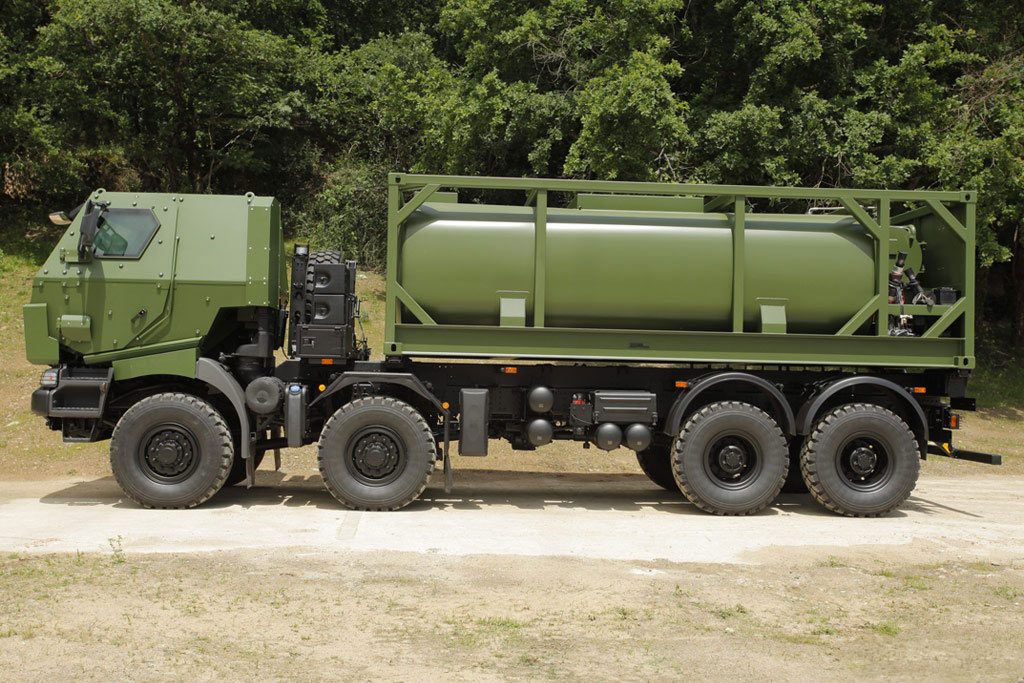
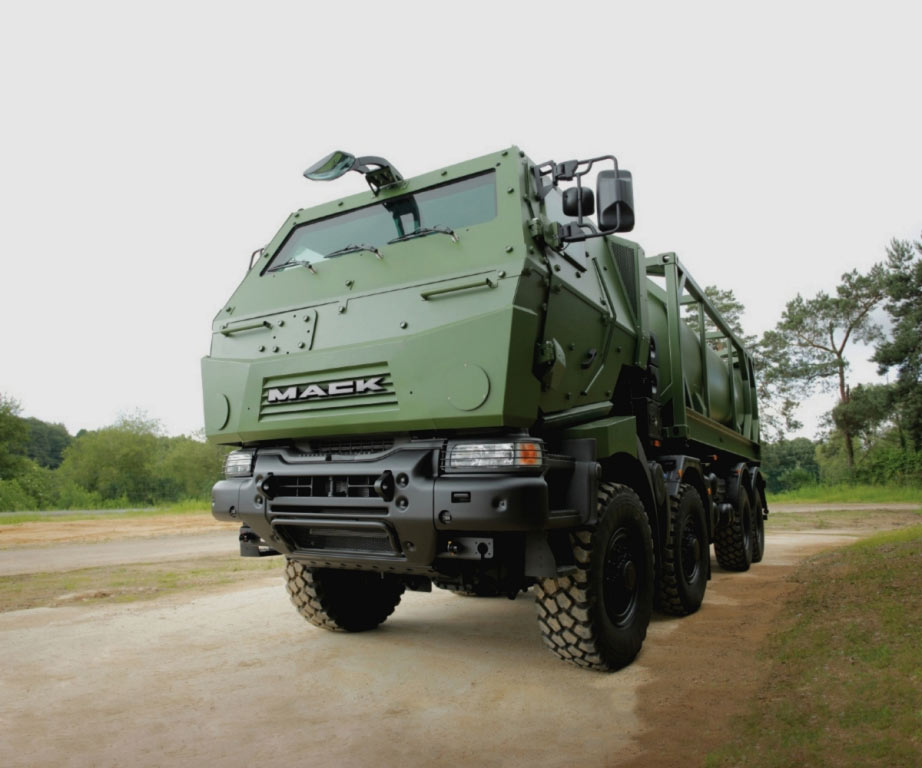
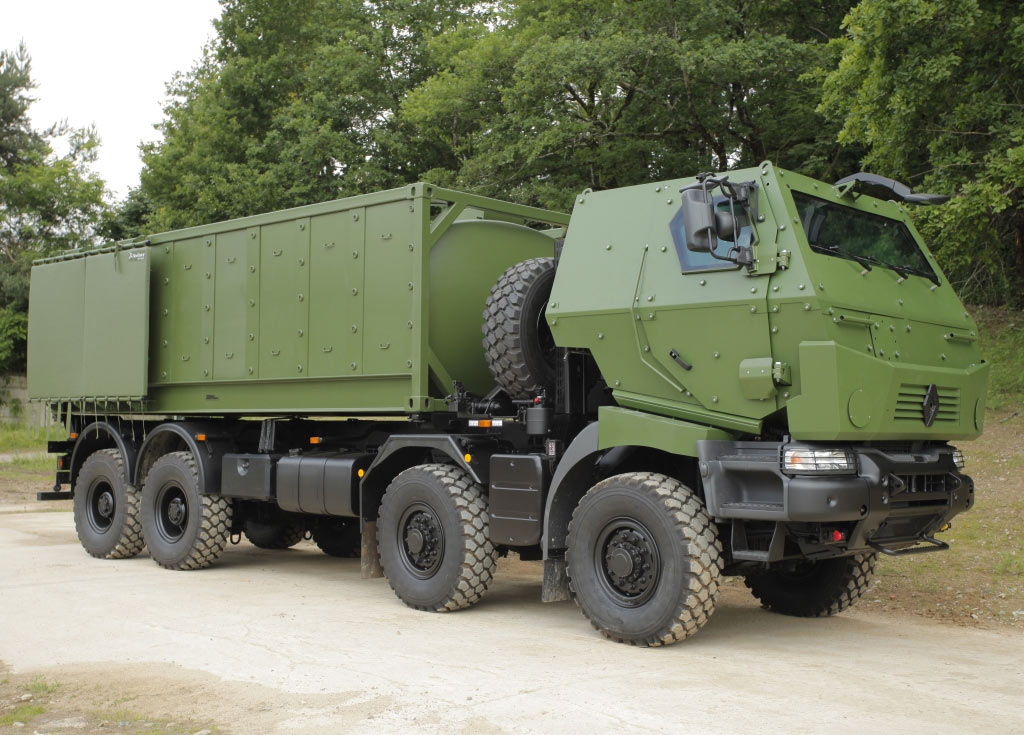
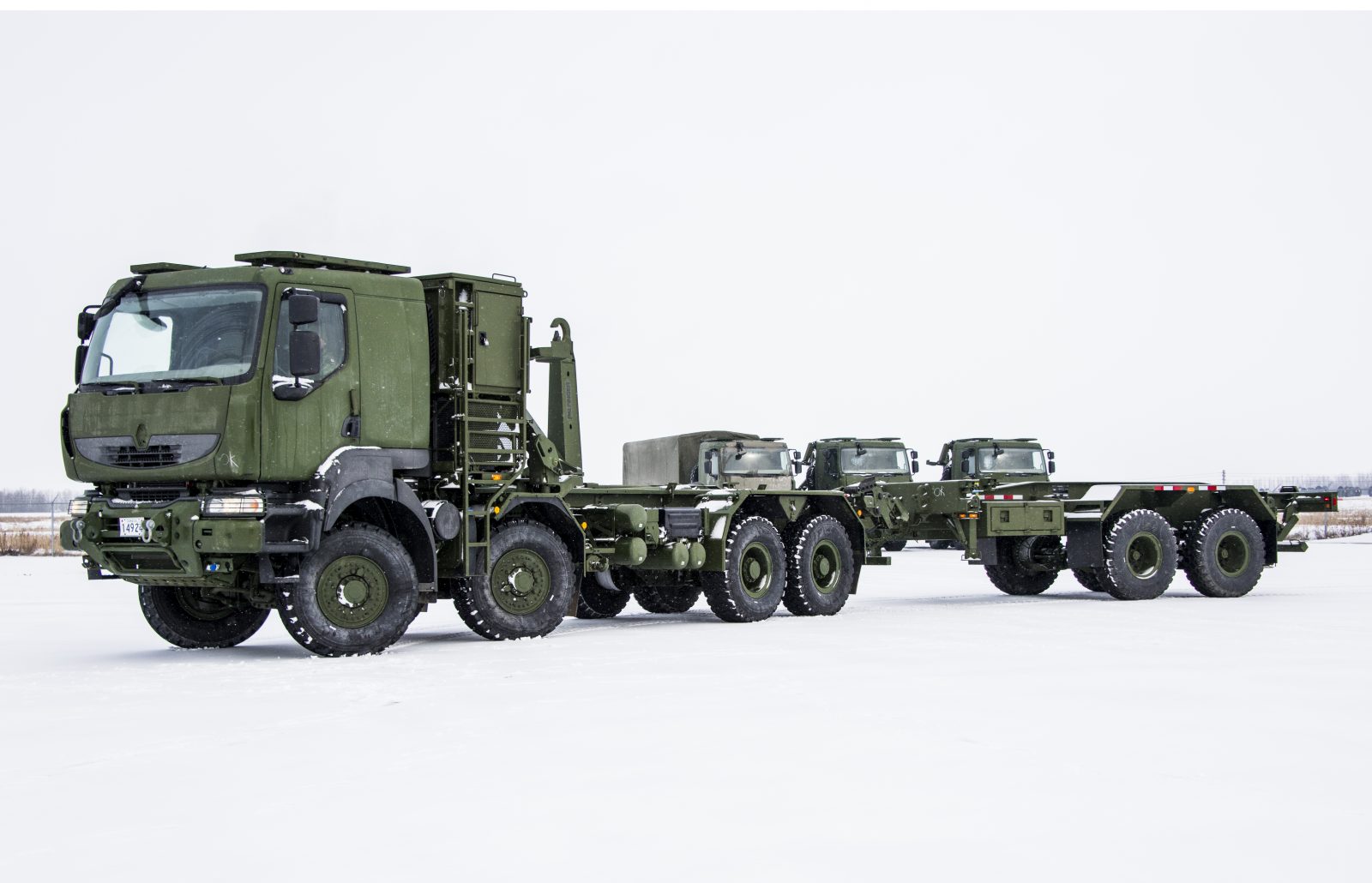
Not short of the capability - as of five years ago, anyway.





Train as you fight. That means we need sustainment for the CAF ready to go out the door - not "Oh shit, going out the door, maybe we should scramble for some support vehicles".

But I would bet you there is not enough of them if things got interesting.Mack 8x8 / Kerax (Military vehicles) - Trucksplanet
www.trucksplanet.com




Not short of the capability - as of five years ago, anyway.
ELECTRIC TANKS!!!!!!!
One kilometre per 3 hour chargeELECTRIC TANKS!!!!!!!
If it's really needed there are 100s of thousands of units in Canada alone that can move cans if we go the that route. Does everything have to be a bespoke military vehicle? Yes for real missions but moving stuff in Canada?
Moving TEUs in Canada is not an issue outside of tactical scenarios on exercise designed to force Log staff (and others) at all levels to do planning. We don't need more trucks for TEU lift in that regard. If I could buy anything for the CA on that front I would get more tank haulers as those are in limited supply.But I would bet you there is not enough of them if things got interesting.
I would propose we stand up a logistics fleet in the same way as RN civilian crewed ships and the USN has too. But make it the based on logistics. The Royal Canadian Logistics Reserve. You would get thousands of O/Os I bet to sign up. Given them a hoodie like the Rangers and say we will pay you when needed. Plus a tax credit to be on stand by.
Can you explain the difference between a Military Mac truck and a civilian Mack truck. Both spec'd for offroad use, I am actually curious what the difference is? If there would be enough similarity for the civi version to supplement the Military one in a time of need.Train as you fight. That means we need sustainment for the CAF ready to go out the door - not "Oh shit, going out the door, maybe we should scramble for some support vehicles".
Moving TEUs in Canada is not an issue outside of tactical scenarios on exercise designed to force Log staff (and others) at all levels to do planning. We don't need more trucks for TEU lift in that regard. If I could buy anything for the CA on that front I would get more tank haulers as those are in limited supply.
In an operational environment generally we would use a variety of methods to get supplies to the Corp and Division support areas (DSA) including leveraging contracted transportation solutions. It is the Div to Bde support area (BSA) and the movement from the BSA to the units support echelons that needs tactical lift. From DSA to BSA as you can likely get away with some level of non tactical vehs support in certain conditions but anything that is not military gets a vote on if they are willing to drive those stretches and if they aren't then we need tactical vehicles to fill the void.
Also in the BSA is all those TEUs that are CPs, warehouses and workshops etc that if the BSA needs to move mean that it is a very deliberate effort to continue to support the fight and move the BSA. That is generally all by tactical vehs, although you can certainly leverage other non-military options and/or Div and Corps assets if they are avail and the situation permits.
Some have an armour package. The Mack Canada got is just a Mack label. It's a Kerak truck designed by Renault Trucks built in Russia (not the one we got) now the division is called Arquus. Shipped over to tbe Provost Car plant Quebec for final predelivery and labeled a Mack. The whole thing all Volvo AB companies. We like having long supply chains to Europe so we don't have to buy American.Can you explain the difference between a Military Mac truck and a civilian Mack truck. Both spec'd for offroad use, I am actually curious what the difference is? If there would be enough similarity for the civi version to supplement the Military one in a time of need.
How does that solve the prime mover issue? Trailers need prime movers to move so I must be missing what you are laying down.Is relegating those pods to trailers a viable option? Leaving the trucks free for more immediate uses?
How does that solve the prime mover issue? Trailers need prime movers to move so I must be missing what you are laying down.
If you are trying to say that trailers would free trucks up because trucks have TEUs on them all the time, remember the key to this sort of modularity is that most of the TEUs are not on any truck at any given time less some platforms that should always be tied to their prime mover.
We do have some TEU trailers so a truck can take 2 TEUs at once but they are a low density asset and designed for the HLVW so uncertain how well they work with the MSVS SMP or if we are keeping them once we get the new heavy lift fleet
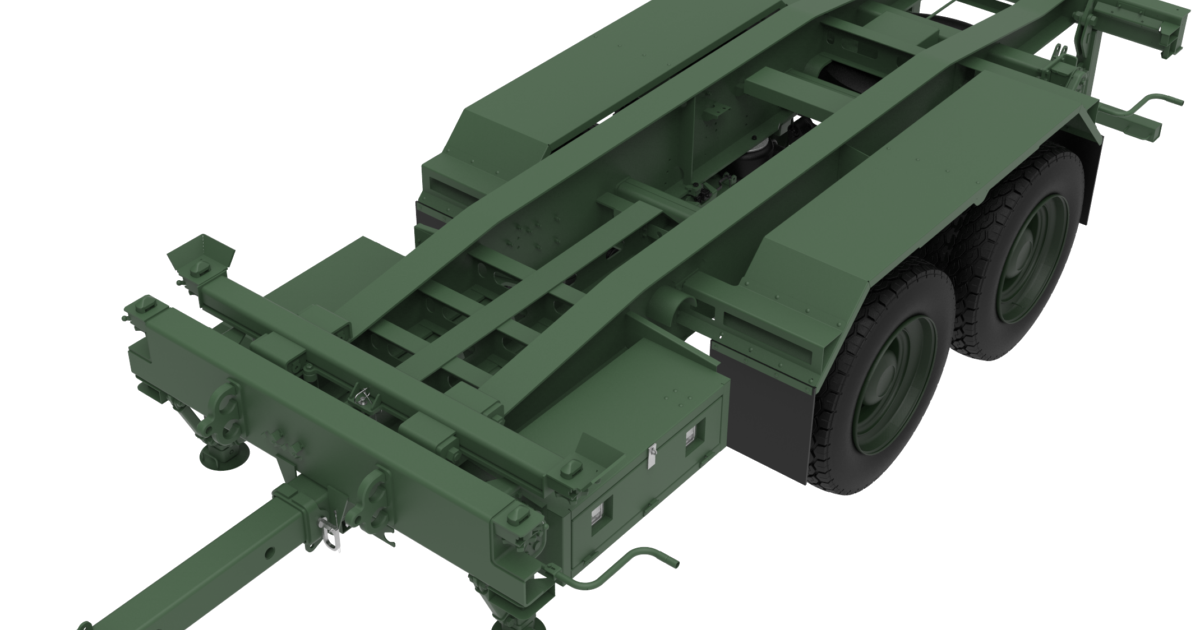
April 2020
The last of 1587 trucks and 322 trailers are now received.
Speak for yourself.A truck full of kegs is not a great way to deliver beer to an individual at a table.
An excellent postThe US Army does sustainment a little differently than us at the unit level (LOGPACs coming forward), but we generally follow the same principles
This actually illustrates that we need to understand the sustainment problem when coming up with a solution! We have our SOPs based on "normal", but we should conduct an estimate.Speak for yourself.
Jokes aside that was a very good read.

